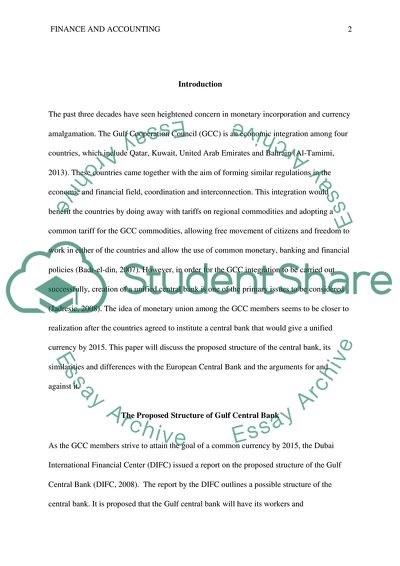Cite this document
(GCC central Bank Term Paper Example | Topics and Well Written Essays - 1500 words, n.d.)
GCC central Bank Term Paper Example | Topics and Well Written Essays - 1500 words. https://studentshare.org/finance-accounting/1850786-gcc-central-bank
GCC central Bank Term Paper Example | Topics and Well Written Essays - 1500 words. https://studentshare.org/finance-accounting/1850786-gcc-central-bank
(GCC Central Bank Term Paper Example | Topics and Well Written Essays - 1500 Words)
GCC Central Bank Term Paper Example | Topics and Well Written Essays - 1500 Words. https://studentshare.org/finance-accounting/1850786-gcc-central-bank.
GCC Central Bank Term Paper Example | Topics and Well Written Essays - 1500 Words. https://studentshare.org/finance-accounting/1850786-gcc-central-bank.
“GCC Central Bank Term Paper Example | Topics and Well Written Essays - 1500 Words”. https://studentshare.org/finance-accounting/1850786-gcc-central-bank.


